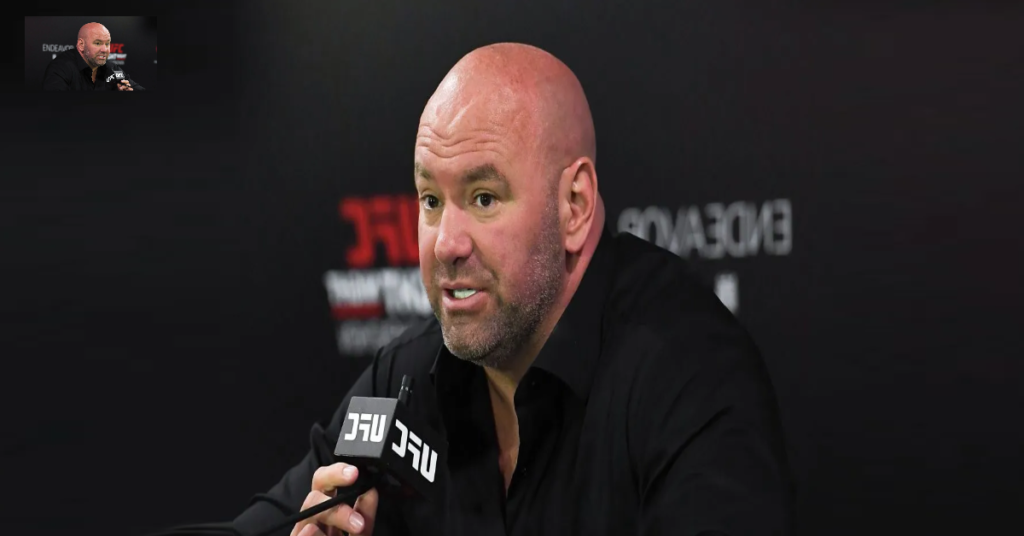The beloved survival horror franchise, Resident Evil, has seen its fair share of ports grace various platforms over the years. However, the recent arrival of several entries on the Nintendo Switch has sparked heated discussions and significant backlash from players, with some labeling them as “criminal.” This bold claim begs the question: what exactly are the issues surrounding these ports, and are they truly deserving of such strong criticism?
A Retrospective: The Switch and Resident Evil
Before diving into the specifics, it’s worth exploring the history of Resident Evil on the Switch. The initial excitement surrounding the arrival of Resident Evil 4, 5, and 6 in 2019 quickly turned into disappointment for many. Frame rate drops, blurry visuals, and technical hiccups marred the experience, leading to accusations of subpar optimization and a cash grab. While subsequent patches addressed some issues, the initial impression stuck, leaving a sour taste in the mouths of fans.
Fast forward to 2023, and Capcom brought even more Resident Evil titles to the Switch, including the Revelations duology and the remakes of Resident Evil 2 and 3. While these ports generally exhibited improvements, concerns remained. Frame rate inconsistencies, particularly in handheld mode, and compromises in visual fidelity continued to be sticking points.
Key Areas of Player Discontent
So, what are the specific areas where players feel slighted? Here’s a breakdown of the recurring complaints:
1. Performance: Inconsistent frame rates are a major bugbear. Drops into the low 20s are not uncommon, especially in handheld mode, creating significant gameplay stutters and detracting from the horror atmosphere.
2. Visuals: While not always terrible, compromises in resolution and graphical details are noticeable compared to other platforms. Textures can appear muddy, and environments lack the sharpness and polish seen elsewhere.
3. Price: Full-priced releases for ports with technical shortcomings sting many players. They argue that the Switch versions don’t offer enough value compared to their counterparts on other platforms.
4. Lack of Transparency: Concerns regarding the development process and optimization efforts by Capcom remain unaddressed. Players feel left in the dark, further fueling disappointment and frustration.
Are the Accusations Justified?
While the criticisms hold merit, labeling the ports as “criminal” might be an exaggeration. It’s important to acknowledge that porting games to different platforms, particularly less powerful ones like the Switch, always involves concessions. Achieving perfect parity is often unrealistic.
However, the players’ frustration is understandable. The technical issues in some ports are undeniable and significantly impact the gameplay experience. Additionally, the price tag adds fuel to the fire, making the perceived value proposition questionable.
A Balancing Act: Optimization vs. Accessibility
The core challenge lies in balancing optimization and accessibility. Capcom aims to bring these beloved titles to a wider audience on the Switch, which is commendable. However, compromising heavily on performance and visuals to achieve that goal creates a frustrating experience for fans accustomed to higher standards.
Possible Solutions and the Road Ahead
Moving forward, it’s crucial for Capcom to address player concerns in future ports:
1. Prioritize Stability: Frame rate consistency should be paramount. Even if graphical sacrifices are necessary, maintaining a smooth and stutter-free experience is essential.
2. Transparency and Communication: Openly communicating development challenges and optimization efforts can help manage player expectations and foster trust.
3. Consider Alternative Pricing Models: Exploring flexible pricing options, such as lower introductory prices or bundled discounts, could improve value perception.
4. Engage with the Community: Actively listening to player feedback and incorporating it into future ports demonstrates commitment to improvement.
Ultimately, the success of any future Resident Evil ports on the Switch hinges on striking a balance between technical fidelity, accessibility, and value perception. Addressing player concerns and striving for better optimization will go a long way in ensuring a more positive experience for fans and the franchise’s continued success on the platform.


